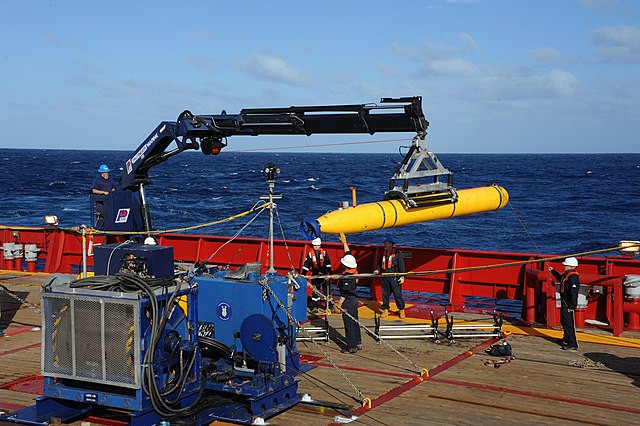Fresh claims surrounding Malaysia Airlines Flight MH370 have reignited the long-stalled search for the missing Boeing 777, as 2025 expeditions prepare to resume operations in the southern Indian Ocean. The disappearance of MH370 on 8 March 2014, carrying 239 people from Kuala Lumpur to Beijing, remains one of aviation's most enduring mysteries and has drawn renewed attention after a resurfaced account from a New Zealand oil rig worker who says he witnessed the aircraft burning in the sky.
The latest wave of speculation comes as Malaysia's Transport Ministry confirmed that Ocean Infinity, the U.S.-based seabed search contractor, will restart its mission later this year under a performance-based agreement. The company stands to receive up to $70 million if it locates the wreckage, following years of inconclusive searches spanning more than 120,000 square kilometres.
MH370's last known civilian radar contact occurred at 1:21 a.m. local time, only minutes after the captain's final communication with Malaysian controllers. Subsequent military radar data showed the aircraft sharply diverting west across the Malay Peninsula before turning south into the Indian Ocean. Later satellite handshakes tracked the aircraft's endurance until 8:19 a.m., marking the so-called "seventh arc," a line long considered the most probable crash zone.
Despite extensive operation logs, drift modeling, and isolated debris discoveries-including a flaperon recovered in 2015 on Réunion Island-no definitive wreckage field or cockpit recorders have been located. This void has allowed competing theories to flourish, ranging from deliberate pilot action to mechanical failure and more sensational scenarios promoted online.
One of the most controversial leads has resurfaced through New Zealand engineer Mike McKay, who worked aboard the Songa Mercur oil platform off Vietnam in 2014. In an email written shortly after MH370 vanished, McKay reported: "I observed the plane burning at high altitude at a compass bearing of 265 to 275 degrees from our surface location." He wrote that the blaze lasted "10-15 seconds" and appeared to show no lateral movement. McKay later reflected, "Of course, I ended up looking like a fool. But what happened to me is of no consequence considering those who lost family on the flight."
McKay's testimony resurfaced after posts on X citing witness claims and alternative footage analyses, one of which circulated widely. A verified user quoted MH370 debris hunter Blane Gibson: "Blane Gibson... says the plane is not intact... We're staring at Gorgon Stare footage of MH370 being zapped." The accompanying commentary suggested possible destruction near the Nicobar Islands, although aviation analysts have dismissed such claims as physically improbable and technologically unsupported.
Malaysia's renewed search effort coincides with new debris findings. A one-meter spoiler fragment discovered in Jeffreys Bay, South Africa, in February 2025 has reinforced drift-pattern consistency pointing toward the southern Indian Ocean. Still, skepticism persists. EgyptAir investigator Ismail Hammad argued, "The condition of the plane's paint is not consistent with what would happen if it had been lying in salt water for as long as it had."
Ocean Infinity temporarily halted its latest mission in April amid 10-meter waves but plans to resume in November from Perth using updated autonomous underwater vehicles capable of scanning depths of up to 4,000 meters. Malaysian Transport Minister Anthony Loke said, "They have stopped the operation for the time being, they will resume the search at the end of this year."






